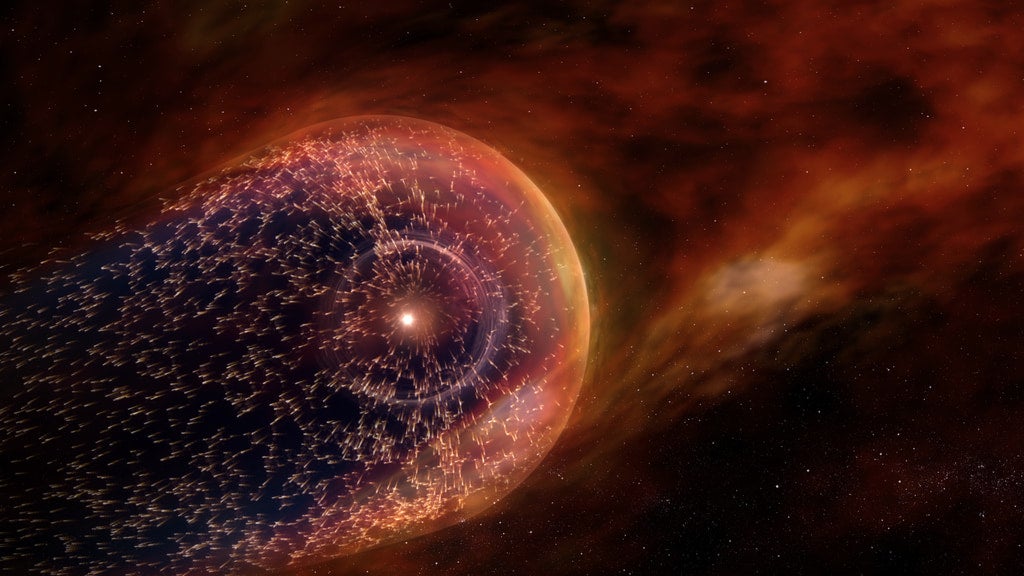

The Moon is not habitable due to exposure to cosmic rays and solar energetic particles that can pose a risk to human health. The Moon lacks a magnetic field, leaving its surface vulnerable to bombardment by these particles. During a large solar energetic particle event, the radiation dosage an astronaut receives inside a space suit could exceed 1,000 times the dosage someone on Earth receives. NASA aims to send astronauts back to the lunar surface by 2026 and establish a long-term presence by the 2030s through its Artemis program. To protect future crew members, NASA is working on predicting these particle ejections from the Sun. The Moon is facing dangerous levels of radiation in 2024 due to the Sun approaching the maximum point in its 11-year solar cycle. Solar flares and coronal mass ejections can produce energetic particles. Forecasting these solar events is challenging, but NASA is funding a space weather center of excellence to improve predictions. The current warning system can only issue a warning for an incoming solar energetic particle event after detecting a solar flare or coronal mass ejection, which arrives on Earth in less than an hour. The goal is to predict these events before they happen to provide astronauts on the Moon's surface with enough time to seek shelter. Monitoring the Sun's magnetic field is crucial in predicting solar events, and the University of Michigan's CLEAR center is developing a forecast framework to predict solar events more than 24 hours in advance. The framework also aims to predict when the particle flux falls back to a safe level, allowing astronauts to leave their shelter and continue their work on the lunar surface. [aad54652]
Scientists want to study the heliosphere, the area of space influenced by the Sun, which is over a hundred times larger than the distance from the Sun to the Earth. The heliosphere is formed by the expansion of plasma and the Sun's magnetic field. Scientists want to understand the heliosphere and its interaction with the interstellar medium. The heliosphere acts as a cosmic shield from interstellar radiation and protects the Earth from cosmic rays. Scientists don't know the exact shape of the heliosphere, but models range from spherical to comet-like to croissant-shaped. NASA is considering developing an interstellar probe to study the heliosphere from the outside. The probe would take measurements of plasma and magnetic fields in the interstellar medium and image the heliosphere. Scientists recommend a trajectory that is about 45 degrees away from the heliosphere's nose direction to get a better perspective on its shape. The science returned by an interstellar probe would be invaluable in understanding the heliosphere. [87e5c86e]